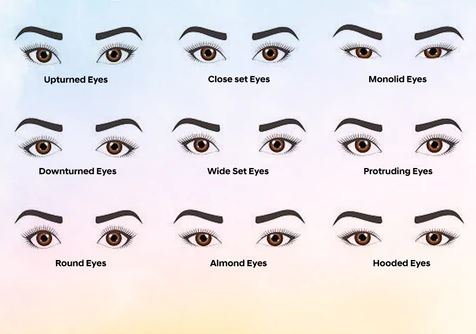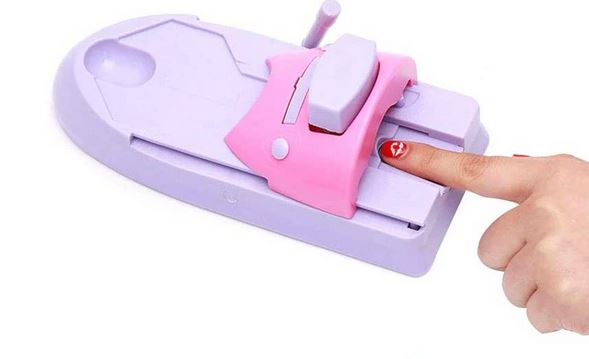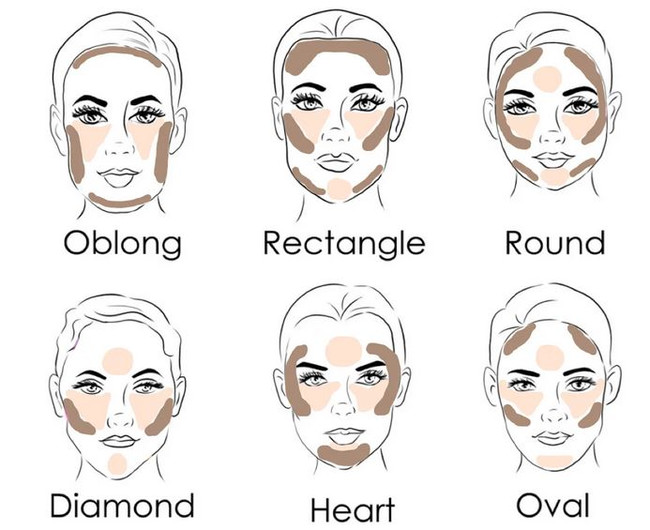The Impact of Technology on Our Mental and Physical Health: Finding Balance in a Digital Age | |

| |
Technology has become an integral part of our daily lives, revolutionizing the way we work, communicate, and access information. While advancements in technology bring numerous benefits, it is important to recognize and address the impact they have on our mental and physical health. In this article, we will explore the effects of technology on our well-being, discuss common challenges, and provide practical strategies for maintaining a healthy relationship with technology. Discover how to harness the power of technology while safeguarding your mental and physical health in the digital age. The Influence of TechnologyTechnology has both positive and negative effects on our mental and physical health. It has transformed the way we connect with others, access information, and entertain ourselves. Here are some key impacts of technology on our well-being: 1. Increased Connectivity and CommunicationTechnology enables instant communication and global connectivity. We can connect with loved ones, collaborate with colleagues, and engage with communities around the world. This connectivity fosters a sense of belonging and expands our social networks. 2. Information Access and Knowledge ExpansionThe internet provides a vast wealth of information at our fingertips. We can easily access educational resources, stay informed about current events, and pursue personal interests. Technology empowers us to learn and grow in unprecedented ways. 3. Sedentary Lifestyle and Physical Health ConcernsExcessive technology use often leads to a sedentary lifestyle, reducing physical activity levels. Prolonged sitting and screen time contribute to health concerns such as obesity, poor posture, and increased risk of chronic conditions. 4. Mental Health ChallengesTechnology can have negative impacts on our mental health. Social media comparison, information overload, and constant connectivity can lead to feelings of anxiety, loneliness, and decreased self-esteem. The constant presence of technology may also disrupt sleep patterns and contribute to digital addiction. Strategies for Maintaining a Healthy Relationship with TechnologyWhile technology is deeply ingrained in our lives, it is essential to establish a healthy relationship with it. Here are practical strategies to mitigate the potential negative impact of technology on our mental and physical well-being: 1. Set Boundaries and Digital DetoxesEstablish boundaries around technology use. Designate tech-free times or zones, such as during meals or before bed. Consider taking regular digital detoxes by unplugging from technology for a set period. Use this time for activities that promote relaxation, creativity, and face-to-face interactions. 2. Practice Mindful Technology UseBe intentional about how you use technology. Practice mindfulness by being fully present and aware of your technology habits. Set specific goals for technology use and avoid mindless scrolling or excessive multitasking. Engage in activities that promote mindfulness, such as meditation or journaling. 3. Prioritize Real-Life ConnectionsWhile online connections have their place, prioritize nurturing real-life relationships. Allocate time for in-person interactions, whether with family, friends, or community activities. Engage in hobbies and activities that promote social connection and foster a sense of belonging. 4. Incorporate Physical ActivityCounterbalance the sedentary nature of technology by incorporating regular physical activity into your routine. Take breaks from screens to stretch, go for walks, or participate in exercise that you enjoy. Explore outdoor activities that allow you to disconnect from technology and reconnect with nature. 5. Cultivate a Digital Well-being ToolkitBuild a toolkit of digital well-being practices. This may include turning off push notifications, using apps to monitor and manage screen time, or curating your online environment to prioritize positive and meaningful content. Find what works for you and embrace technology in a way that enhances your well-being. Frequently Asked Questions (FAQs)Q: Can technology use contribute to sleep problems?A: Yes, excessive technology use, especially before bedtime, can disrupt sleep patterns. The blue light emitted by screens can interfere with melatonin production, making it harder to fall asleep. Establish a screen-free wind-down routine before bed to improve sleep quality. Q: Is it possible to find a balance between utilizing technology and safeguarding mental health?A: Absolutely. Finding balance requires conscious awareness and intentional use of technology. By setting boundaries, practicing mindfulness, and prioritizing well-being, you can harness the benefits of technology while protecting your mental health. Q: How can I manage information overload and digital overwhelm?A: Information overload is a common challenge in the digital age. Practice selective consumption by curating your digital content and setting limits on information intake. Focus on reputable sources and prioritize meaningful information that aligns with your interests and goals. ConclusionTechnology plays a significant role in our lives, influencing our mental and physical well-being. By adopting healthy habits and mindful technology use, we can harness the benefits of technology while mitigating the potential negative impact. Embrace a balanced approach, set boundaries, and prioritize your well-being in the digital age. Remember, technology should enhance our lives, not detract from them. | |
| Category: Wellness | |
| Total comments: 0 | |









